The controversy surrounding the Parthenon Marbles, the world’s longest operating restitution dispute, revolves across the removing and possession of Classical Greek sculptures from the Parthenon and different monuments on the Acropolis of Athens. Within the early nineteenth century, Scottish diplomat Thomas Bruce, seventh Earl of Elgin, acquired a good portion of those sculptures whereas serving because the British Ambassador to the Ottoman empire. Citing issues for his or her preservation, Elgin claimed to have been given permission from the then ruling Ottoman authorities to take away the sculptures from Athens and transport them to England.
From 1801 to 1812, Lord Elgin’s brokers eliminated boatloads of historical sculptures, the bulk created within the fifth century BC underneath the supervision of grasp sculptor and architect, Pheidias. The delight of the gathering was the Parthenon Marbles, stripped from the 2,500-year-old temple of Athena Parthenos (the “Virgin”), the crown jewel of the Golden Age of Athens. These included a few half (some 75m) of the surviving frieze that after ran across the 4 sides of the constructing, 17 life-sized marble figures from its triangular pediments, and 15 of the 92 “metopes,” sculptured panels that have been displayed above the columns. Acquired by the British Museum in 1816, these priceless artifacts have been on everlasting show in London for over 200 years.
However what have been Lord Elgin’s motives for eradicating the Parthenon sculptures within the first place? Was he a savior, a dedicated Philhellene genuinely motivated by a want to rescue Phiedias’ sculptures from additional deterioration or potential destruction? Or was he a self-serving aristocrat, who stole priceless artworks to brighten his ancestral residence in Scotland?
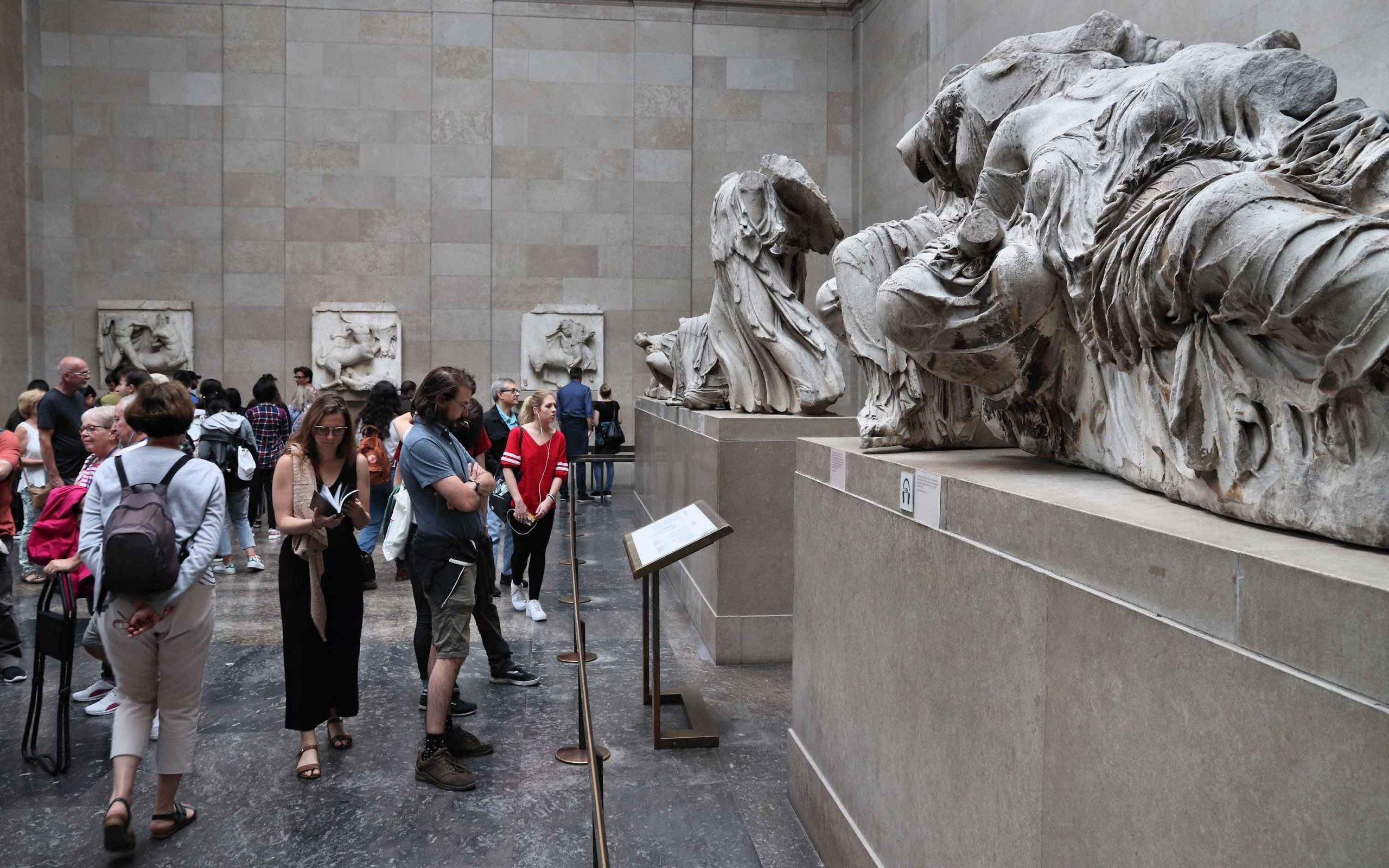
© Shutterstock
Why is that this subject essential?
The continuing controversy surrounding the removing of the Parthenon Marbles, typically referred to in the UK because the “Elgin Marbles,” stems from questions of legality, ethics, and cultural heritage, with critics arguing that Elgin’s actions have been unauthorized, and the artifacts have been successfully looted. Because the formation of the fashionable nation state of Greece in 1832, successive Greek governments have repeatedly sought the return of the sculptures, contending that they’re an important a part of the nation’s cultural heritage and identification. On the opposite facet of the controversy, supporters of the British Museum’s claims of possession emphasize the function of Lord Elgin in preserving the priceless artifacts and making them accessible to a broader viewers.
Two centuries on from Elgin’s controversial actions, the long-running dispute stays a helpful case research within the complexities of cultural possession, encapsulating broader discussions concerning the repatriation of cultural artifacts and the moral implications of eradicating artworks from their homeland, notably throughout instances of struggle, occupation, and colonization.
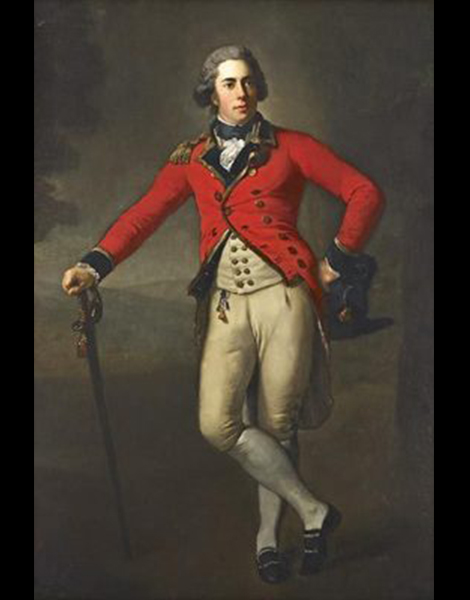
© Alamy / visualhellas.gr
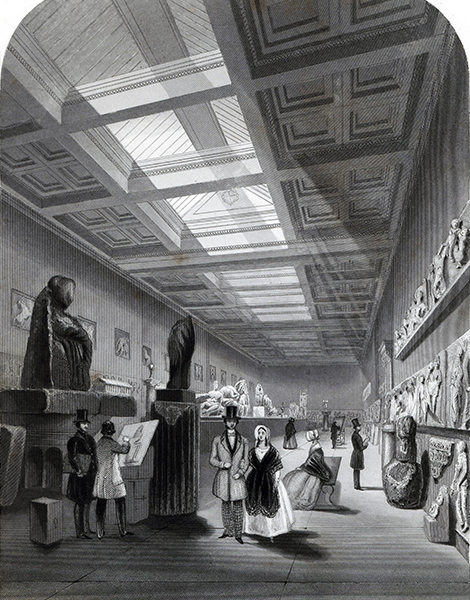
© AFP / visualhellas.gr
Who was Lord Elgin?
Thomas Bruce, seventh Earl of Elgin, was born on July 20, 1766, in Broomhall, Fife, on the east coast of Scotland. He hailed from a outstanding household of Scottish nobles, a member of the previously royal home of Bruce (the well-known Clan of Robert the Bruce) and boasted sturdy political and army connections. Like many younger aristocrats of the age, he obtained his formal training at Harrow Faculty and Westminster, and went on to college at St Andrews in Scotland earlier than heading to the continent, the place he studied worldwide regulation at Paris.
When he accomplished his training, the younger Lord Elgin bought an officer’s fee within the British Military in 1785, first serving as an ensign (junior officer) within the prestigious Third Regiment of Foot Guards, the forerunner of the Scots Guards, later transferring to the sixty fifth Regiment of Foot in 1789. Regardless of reaching the rank of lieutenant normal in 1814 and serving on the continent on the top of the Napoleonic Wars with France, Elgin didn’t have his sights on a army profession. As an alternative, his chief consideration was Nice Britain’s quickly increasing diplomatic service, the right profession for a person with all the proper social and political connections.
In 1790, on the age of 24, Elgin was elected as a Scottish Consultant Peer for Dumbartonshire, which required him to attend Parliament in Westminster every time his army duties allowed. Within the following years, Elgin held numerous political and diplomatic positions, steadily rising the ranks. In 1792, he was appointed British envoy-extraordinary in Brussels, after which in Prussia in 1795, the place he gained invaluable expertise throughout an intense interval of geopolitical exercise following the annexation of the Austrian Netherlands by the newly shaped French Republic.
However it was throughout his time in Athens and Constantinople (Istanbul), as ambassador to the Chic Porte of the Ottoman empire from 1799 to 1803, that Elgin would go away his controversial mark on historical past.
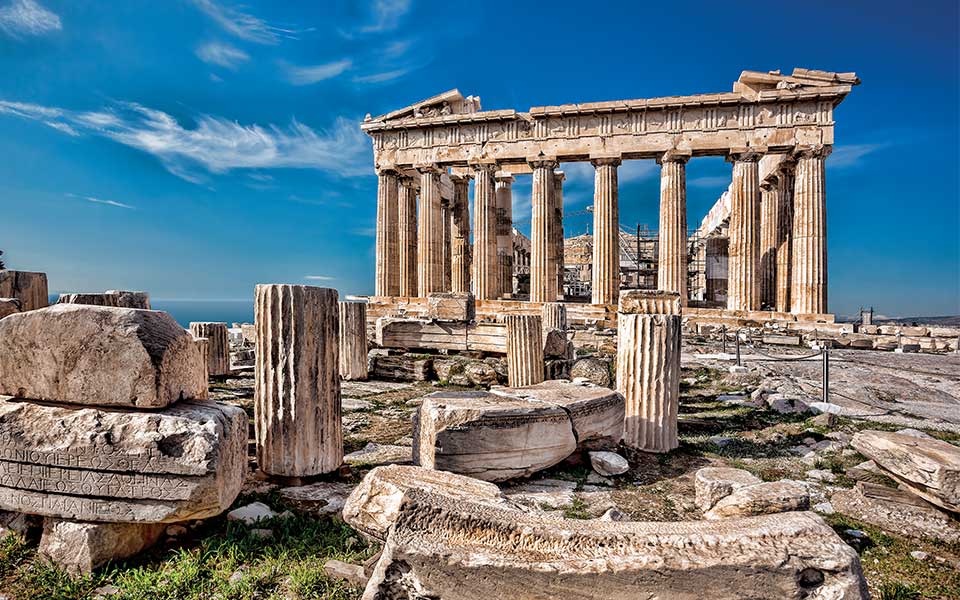
© Shutterstock
The Parthenon in 1800
When Elgin arrived in Athens on the flip of the nineteenth century, it was a ramshackle metropolis of some 10,000 inhabitants. The Parthenon had endured over a millennium and a half of harm and close to fixed alteration. The deliberate removing of the monument’s ornamental sculptures may be traced again to the late fifth century, throughout its conversion to a church within the early Christian interval. Beneath Latin rule (1205-1458), it grew to become a Roman Catholic church of Our Girl, and a big bell tower with a spiral staircase was erected within the southwest nook of the cella (interior chamber). It was subsequently transformed right into a mosque in the course of the early Ottoman interval, the bell tower prolonged upwards and become a minaret.
By far probably the most intensive injury to the monument came about on the evening of September 26, 1687. Through the Morean Conflict (1684–1699), Venetian forces, underneath the command of Francesco Morosini, marched on Athens and besieged the Acropolis, then an Ottoman stronghold. On that ill-fated evening, a Venetian mortar shell fired from close by Filopappos Hill struck the Parthenon and ignited the gunpowder journal that was being saved inside.
The sheer power of the explosion break up the traditional temple in two, destroying the roof and central a part of the constructing, and lowered the massive sections of the cella partitions to rubble. Three-fifths of the sculptures from the frieze and metopes crashed to the bottom whereas 14 columns from the north and south peristyles collapsed. The explosion showered marble fragments over a large space, destroying properties clustered across the slopes of the Acropolis, and killing almost 300 individuals.
Over the next century, giant marble fragments from the partially destroyed Parthenon have been recycled as constructing materials for the renovated Ottoman garrison. Surviving items of the ornamental sculpture have been overtly offered to travelling Europeans, fascinated by the artwork and structure of Classical Greece – therefore the scattering of items of Parthenon sculpture round European museum collections, from Copenhagen to the Vatican.
Now in his mid-30s, Elgin was a seasoned diplomat. Over the course of his travels, he had developed an insatiable urge for food for Classical antiquities, fuelled by the rising reputation of Neoclassicism, particularly in Britain and France. This want for Greek-inspired artwork and genuine Greek antiquities in European excessive society goes some option to explaining Elgin’s preoccupation with the Parthenon and its ornamental sculptures, the head of historical Greek artwork.
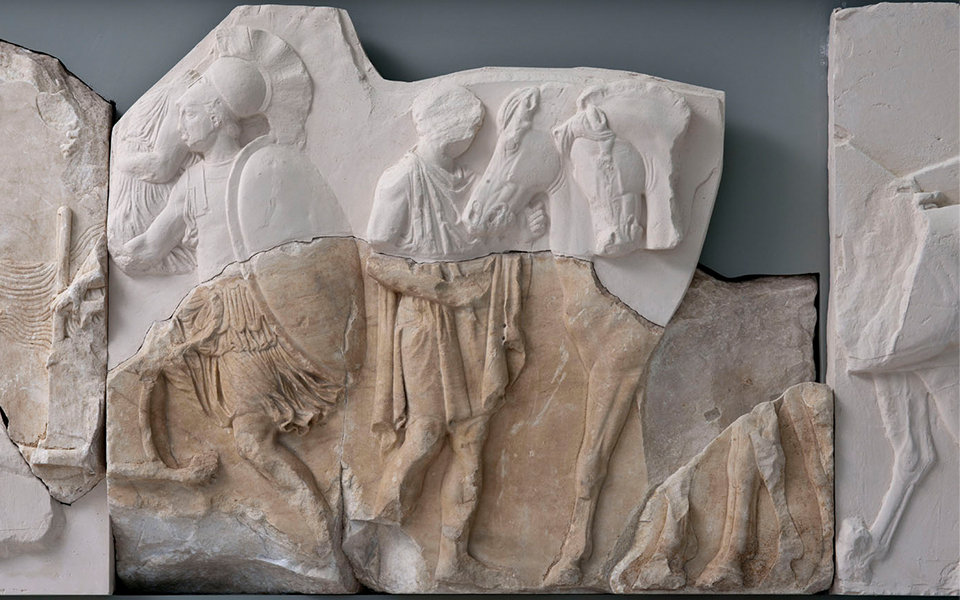
© Acropolis Museum, 2012, photograph: Socratis Mavrommatis
Eradicating the sculptures
In Might 1801, Elgin claimed to have obtained an official allow (“firman”) from the sultan, permitting him to erect scaffolding, draw and make plaster molds of the sculptures, however was unable to supply the unique doc for the officers in Athens. An Italian transcript of this doc nonetheless exists within the archives of the British Museum, however its authenticity as a replica of an official firman has been questioned by experts on the diplomatic language utilized by Ottoman authorities of the interval. The wording of the doc, not altogether clear, granted Elgin permission to “take away some [or ‘a few’] items of stone with outdated inscriptions or figures thereon, that no opposition be made thereto.”
A landmark 1967 research by British historian William St Clair, “Lord Elgin and the Marbles,” concluded that the sultan seemingly meant the removing of artefacts that had fallen to the bottom and/or been present in excavations on the website, not the artworks nonetheless adorning the temples. Nonetheless, in Elgin’s view, it amounted to official permission to take away the sculptures from the Parthenon itself.
From 1801 to 1804, Elgin and his associates not solely stripped the remaining ornamental sculptures from the Parthenon, however in addition they eliminated one entire Caryatid (sculpted feminine determine serving as a column) from the veranda-like porch of the Erechtheion, 4 slabs from the parapet frieze of the Temple of Athena Nike, and different items from the Propylaea. In all, Elgin oversaw the removing of greater than half of the surviving sculptures from the Parthenon, both hacked off or just sawn into smaller items for ease of delivery, inflicting irreparable injury within the course of.
As soon as eliminated, the Marbles have been transported from Athens to the port of Piraeus, the place they have been shipped to Britain, the place they have been later offered to the British Museum.
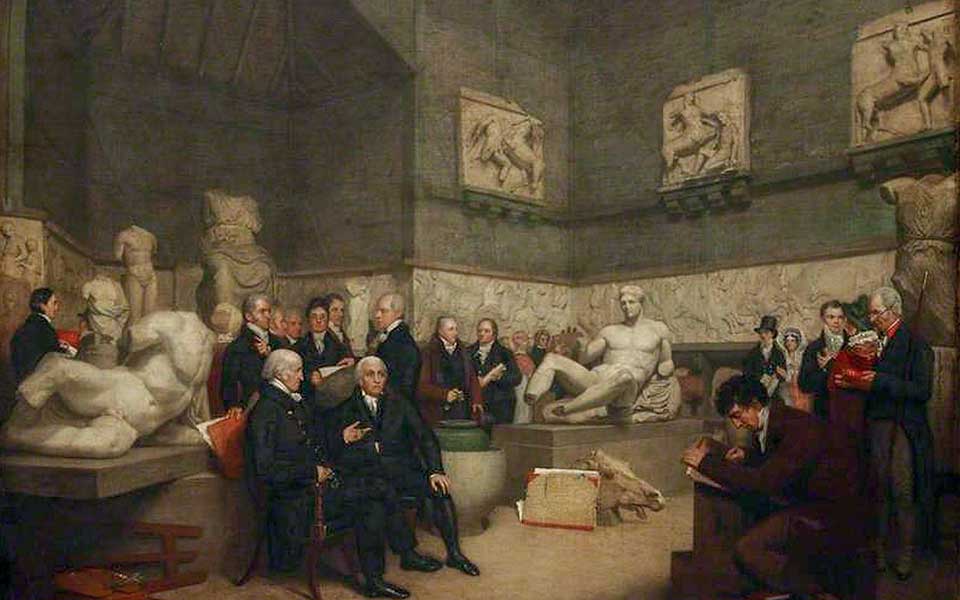
© The Trustees of the British Museum
Elgin as a Philhellene?
Supporters of Lord Elgin’s actions have lengthy argued that he performed an important function in preserving the sculptures from additional deterioration and potential destruction. His removing of the Marbles, and their subsequent transportation to Britain, not solely helped shield the artworks however made them accessible to a wider viewers.
Whereas Elgin’s actions have been controversial to a few of his contemporaries, together with the English poet and philhellene Lord Byron (1788-1824), who died within the armed wrestle for Greek independence, others vastly admired the sculptures and supported their show in London, attracting big numbers of holiday makers.
Romantic poet John Keats (1795-1821) penned a sonnet to have fun “Seeing the Elgin Marbles” within the British Museum, whereas German author JW Goethe (1749-1832) hailed their acquisition as “the start of a brand new age of Nice Artwork.” English poet Felicia Hemans (1793-1835) was one other eager supporter, and defied Byron in her “Trendy Greece: A Poem” (1817) with the query:
And who could grieve that, rescued from their fingers,
Spoilers of excellence and foes of artwork,
Thy relics, Athens! borne to different lands
Declare homage nonetheless to thee from each coronary heart?
It’s also essential to scrutinize the artifacts’ profound affect on the aesthetic of Western artwork and structure. Supporters of Elgin argue that the sculptures have been dropped at world renown when positioned on show on the British Museum, the place they’ll nonetheless be seen free of charge (in comparison with the fee-charging Acropolis Museum in Athens).
For the artwork historian John Boardman, “In Britain they remodeled scholarly attitudes to Greek artwork world-wide and have had extra impact prior to now 200 years than they did in over 2,000 in Athens.”
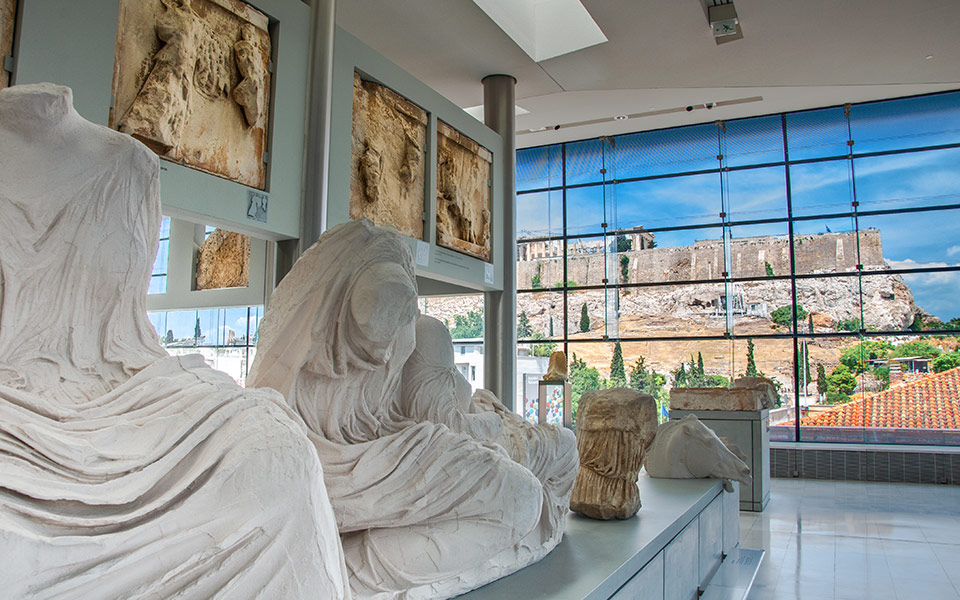
© Shutterstock
Elgin as a Thief?
The removing of the sculptures and their cargo to Britain was lastly accomplished in 1812, at big private price to Elgin. In complete, he paid an estimated £75,000, equal to just about £5 million in at present’s cash.
Elgin’s tenure because the British ambassador to the Chic Porte definitely would have put him in a singular place to barter with the Ottoman authorities. Certainly, Anglo-Ottoman relations on the time have been particularly shut, as the 2 powers labored in lockstep to drive out Napoleon’s French forces from Ottoman-controlled Egypt. Some students argue that he could have taken benefit of the political local weather to “stretch” the which means of the elusive firman and take away sculptures that have been nonetheless affixed to the monument. In keeping with historian St Clair, “Lord Elgin’s brokers, by a mix of cajolery, bribes and threats, persuaded and bullied the Ottoman authorities in Athens to exceed the phrases” of the decree.
Earlier than taking on his put up as ambassador to the seat of the Ottoman empire, an appointment that he had enthusiastically lobbied for, Elgin approached British authorities officers concerning the acquisition of drawings and plaster casts of surviving sculptures from the Acropolis monuments; a request that was instantly turned down. On the time, he had been overseeing the redesign of Broomhall Home, the household residence of the Earls of Elgin in Scotland. Chief architect on that undertaking was Thomas Harrison, an admirer of Classical Greek structure, who inspired Elgin to make use of his elevated place within the diplomatic service to convey again drawings and casts for use to affect the design and aesthetic of the nation home.
Whereas there’s some proof to counsel that that he meant for the sculptures to adorn Broomhall, others, together with famend Classical artwork scholar Ian Jenkins (1953-2020), contend that Elgin had plans to ascertain a personal museum. No matter his motives, a pricey divorce from his spouse, Mary Nisbet, in 1808 pressured him to hunt patrons for the sculptures to settle his money owed.
Previous to the sale of the Marbles to the British Museum in 1816, a Parliamentary Choose Committee launched an investigation into legality of their acquisition. Lord Elgin was cross examined as as to if he had abused his place as ambassador within the pursuit of the sculptures. Intriguingly, he replied that his actions have been no completely different to another antiquarian of the time, and the Committee voted 82-30 in favor of buying them “for the British nation.”

© Shutterstock
Enduring controversy
Lord Elgin’s removing of the Parthenon Marbles from Athens continues to be a topic of historic and cultural scrutiny. His motivations, whether or not pushed by preservation, diplomatic concerns, or private pursuits, stay open to debate, with critics arguing that the removing of the sculptures was not solely ethically questionable but in addition precipitated irreparable injury. Supporters, then again, contend that Elgin’s actions preserved the artifacts, stopping additional deterioration and making certain their accessibility to a worldwide viewers.
The place do you stand on Lord Elgin’s removing of the Parthenon Marbles?



Recent Comments